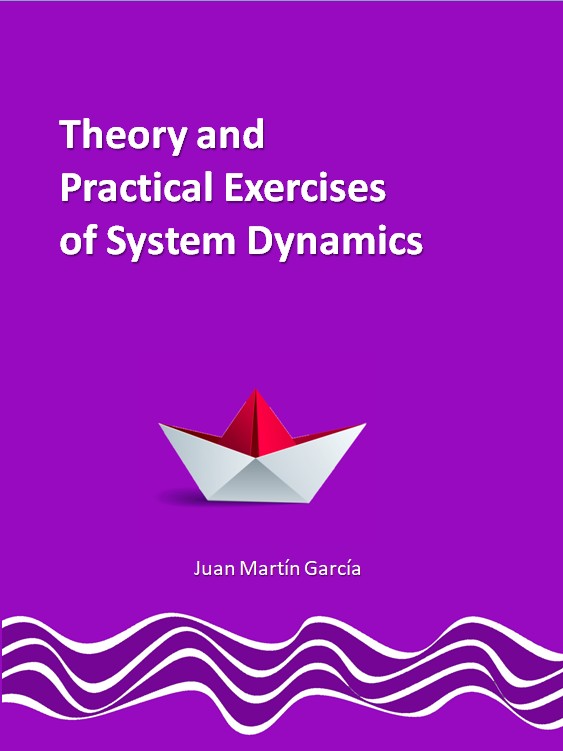Content
Paper 1. Model for Evaluation of Reuse of Electronic Waste
The paper present the development, verification and validation of models of computational simulation for assessment of environmental and financial impacts caused by the extension of the life cycle of personal computers (PC) through their remanufacturing. Results generated by the simulation model, show that the remanufacturing is a viable alternative.
Paper 2. Addressing the Sustainability Issue in Smart Cities
The present paper proposes a model carried out through the System Dynamics methodology for evaluating environmental, social, and economic impacts exerted by the diffusion of electric vehicles (EVs), which is a phenomenon that can significantly affect the achievement of some of the objectives set by the Sustainable Development Agenda.
Paper 3. Sustainability Key Factors in Socio-Economic Systems
After several modelling iterations that synchronised the acquired models with the obtained responses, four main key stereotypes were identified: quality, ego, competence, and motivation. In this paper both dominant feedback loops and important multi-input and multi-output variables are used for their description.
Paper 4. Participatory Methods in Group Model Building
This paper do not shows a model but summarise current knowledge and understanding in the public participation literature. What participatory methods should be used in which situations and particularly how they should be applied are still insufficiently addressed questions.
Paper 5. Sustainability of Marine Protected Areas
The developed model has four sub-models: fish population dynamics, coral reef coverage, tourism, and pollution. The sustainability assessment was conducted using the three principles of sustainability: the amount of renewable resources, non-renewable resources, and pollution.
Paper 6. Waste remanufacturing modeling from household
This article presents the design, implementation and testing of a model aimed to evaluate the possibility of remanufacturing the waste originated from household equipment. In the case developed for the article the waste of printers (inkjet and laser), scanners and computers were evaluated for the development of a three dimensional printer (3D Printer).
Paper 7. Sustainability of small-scale ecological arid environments
This paper demonstrates the suitability of dynamic simulation models to address key issues for sustainability science, like studying the long-term dynamics of social-ecological systems SESs, interactions between regions, and place-based and problem-oriented approaches to solve real-world problems. This is a good paper about the calibration of a model.
Paper 8. Model for Facilitating Green Innovation
This study combines four methodologies. System Dynamics is used to estimate the future trends for the industrial structure. Analytic Hierarchy Process (AHP) and Utility Theory focus on the customerís attitude toward risk. Fuzzy logic can simplify complicated intrinsic and extrinsic factors and express them with a number or ratio that is easy to understand.
Paper 9. Sustainability Assessment of Asset Management Decisions
This paper presents the development of a model for better understanding the interrelation and feedback mechanism between the wastewater collection (WWC) and wastewater treatment plant (WWTP) systems. This model will enable decision-makers to assess the sustainability impacts of their strategic decisions on wastewater systems, find synergistic cost-saving opportunities, and improve the sustainability performance of their asset management plans.
Paper 10. Green Growth and Ecotax
This paper examines the possibility of combining the efforts for socio-economic improvement and environment protection through an ecotax. The model and simulations demonstrate that both the rate of the ecotax and the use of the ecotax revenue matter. A properly imposed ecotax may contribute to the achievement of both inclusive green growth and sustainable finance.
Paper 11. Sustainable Development in Intensive Farming
This work integrates in a single model the themes of production and the economic aspects, which is usual, but also includes in the model the social and environmental impacts of its activity, and this is an interesting novelty. All these aspects interact with each other to offer a vision of the company's sustainability, to face the changes that must be analyzed.
Paper 12. Environmental and Social Pressures in Mining
The focus of this paper is on social and environmental issues in mining activities, by both industry and policy. Different methodologies were explored, starting from a qualitative causal loop modelling. The main findings related to the importance of the supply chain, the vulnerability of local communities, and the toxic emissions.
Paper 13. Input-Output for Ecological-Economic Analysis
The paper develops a dynamic ecological-economic model by integrating Input-Output (IO) with System Dynamics (SD) and develop and evaluate various scenarios using policy impact and policy sensitivity analyses. The model and analysis are applied to the degradation of fish nursery habitats by industrial harbors.
Paper 14. Gamification and Innovation Management
This work present the case study in which students were asked to elaborate a Business Model (BM) for a new product. Group Model Building (GMB) and System Dynamics (SD) were used to promote discussion about the different possible future scenarios that could appear. The results suggest that the use of problem-solving methods helps to achieve a deeper learning.







